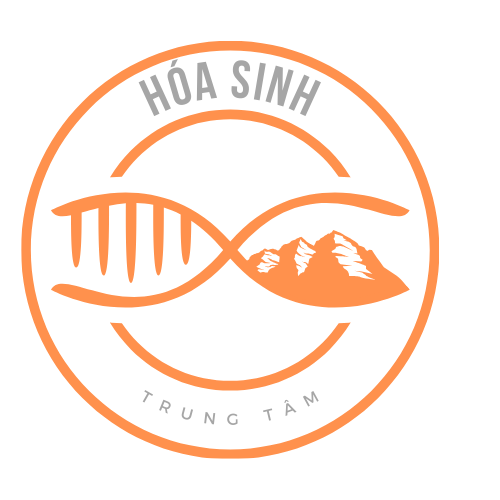U.S. President Donald Trump, early on Saturday, announced that he has signed letters to 12 countries, notifying them of specific tariff rates they would face on exports to the U.S.
The move notably signals a shift away from prolonged trade negotiations toward a more unilateral “take it or leave it” approach, with the letters expected to be sent Monday.
Speaking aboard Air Force One en route to New Jersey, Trump, however, declined to name the countries but said the tariff terms would be made public after the letters are dispatched.
Initially, the U.S. President had planned to send the first batch on Friday, which was a national holiday in the U.S., but the timeline has now shifted to next week.
“I signed some letters and they’ll go out on Monday, probably twelve,” he said. “Different amounts of money, different amounts of tariffs.”
Initially, the Trump administration aimed to negotiate tailored trade deals with numerous countries, but talks have faltered with key partners, including the European Union and Japan. Trump now appears to be abandoning that strategy.
“The letters are better… much easier to send a letter,” he said.
The breakdown of negotiations reflects how difficult it is to hammer out comprehensive trade agreements, especially on issues such as tariffs, agricultural restrictions, and regulatory barriers, all within an accelerated timeframe.
Historically, such trade deals take years to conclude.
So far, only two agreements have been finalised – one with the U.K. in May, preserving the 10 percent base rate and granting preferential access for industries like automobiles and aircraft engines, and another with Vietnam, reducing proposed tariffs from 46 percent to 20 percent on many Vietnamese exports. In return, Vietnam will allow several American products duty-free entry.
A potential deal with India has not come through, and EU officials said Friday that their talks with Washington have also failed to deliver a breakthrough. They may now push to maintain the current trade terms to prevent the threatened tariff escalation.
As the July 9 deadline looms, uncertainty over Trump’s tariff threats continues to ripple through global markets and trade policy circles.

